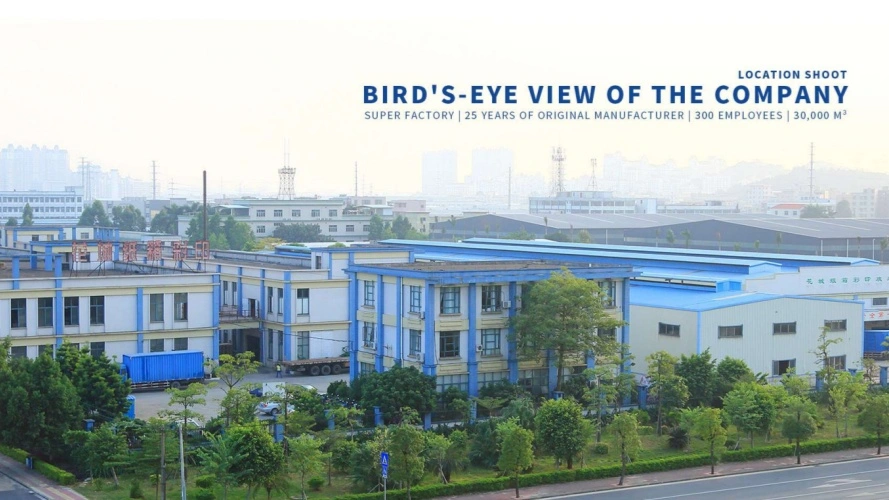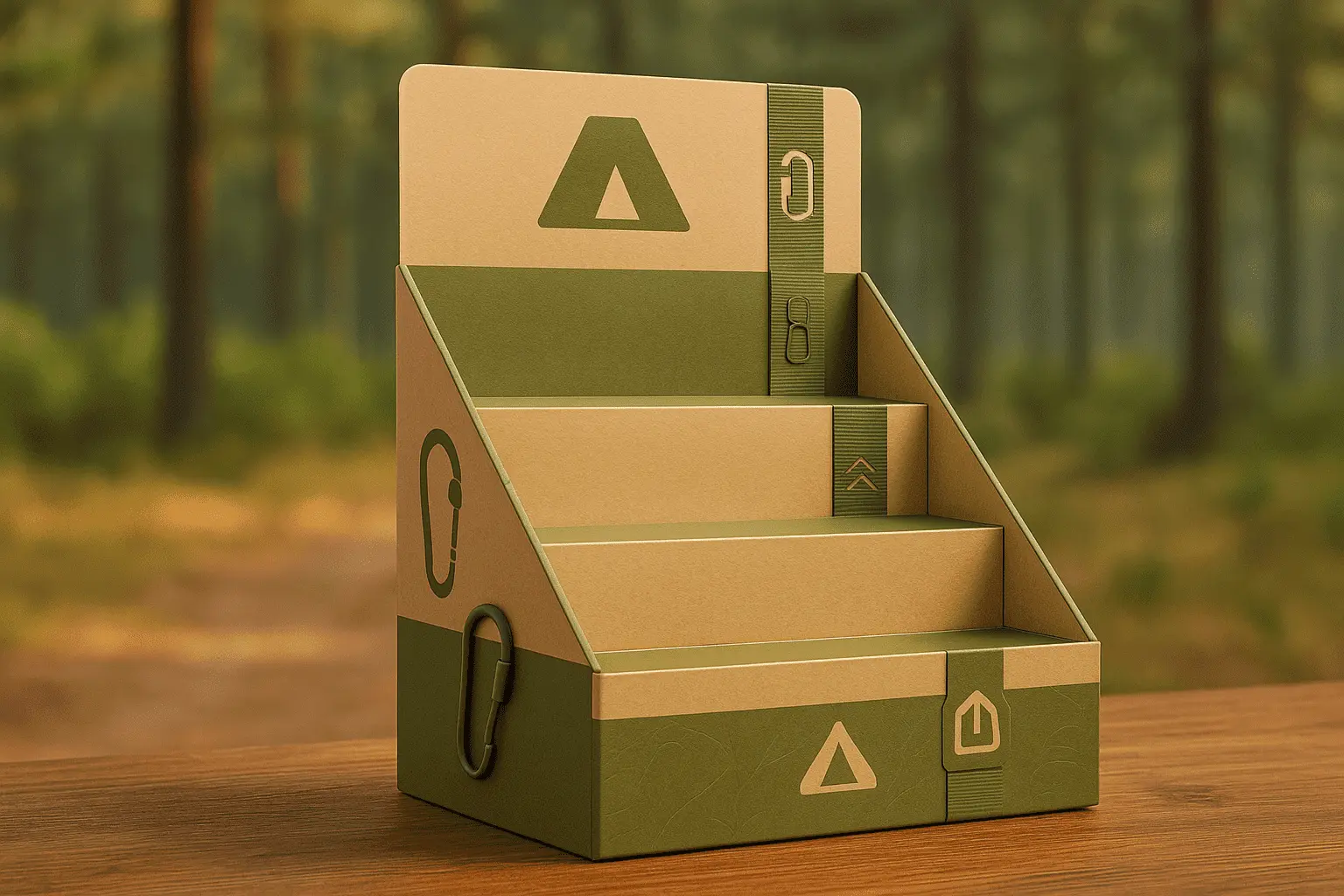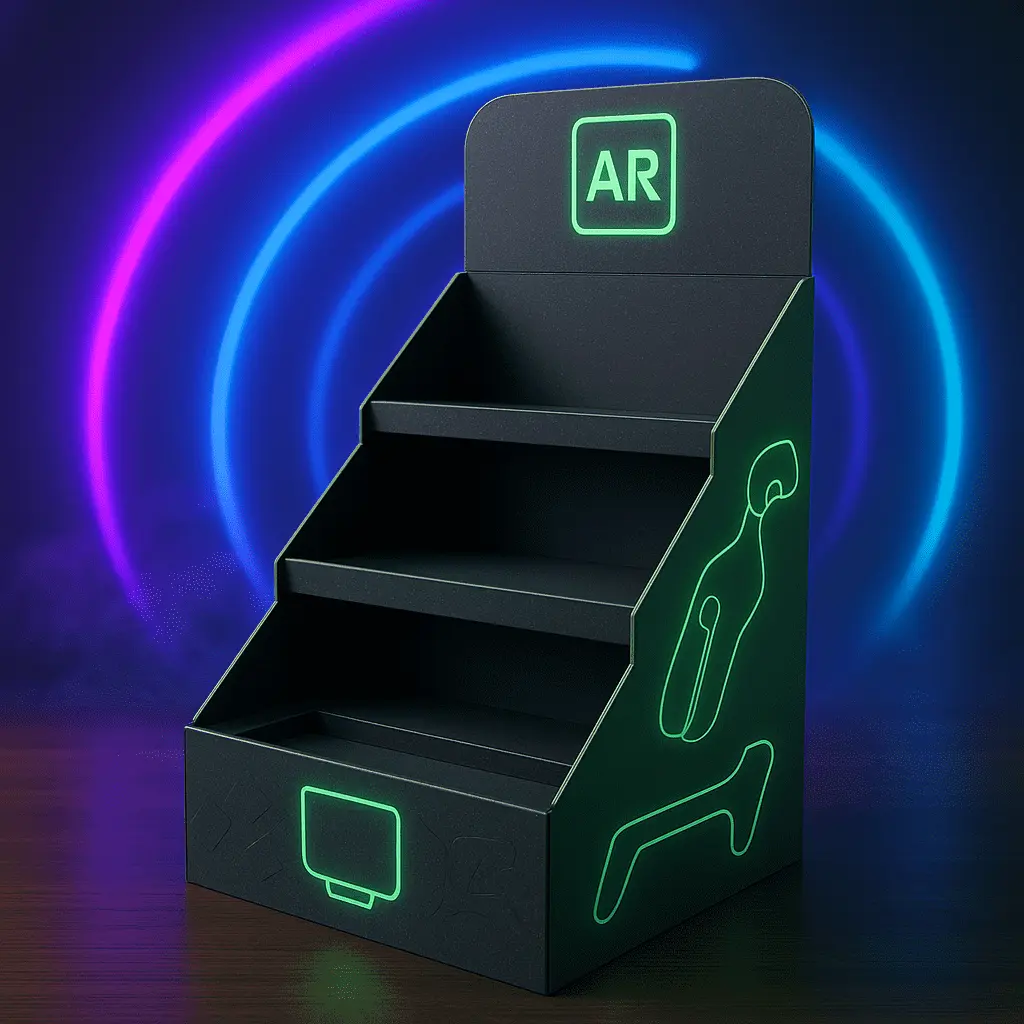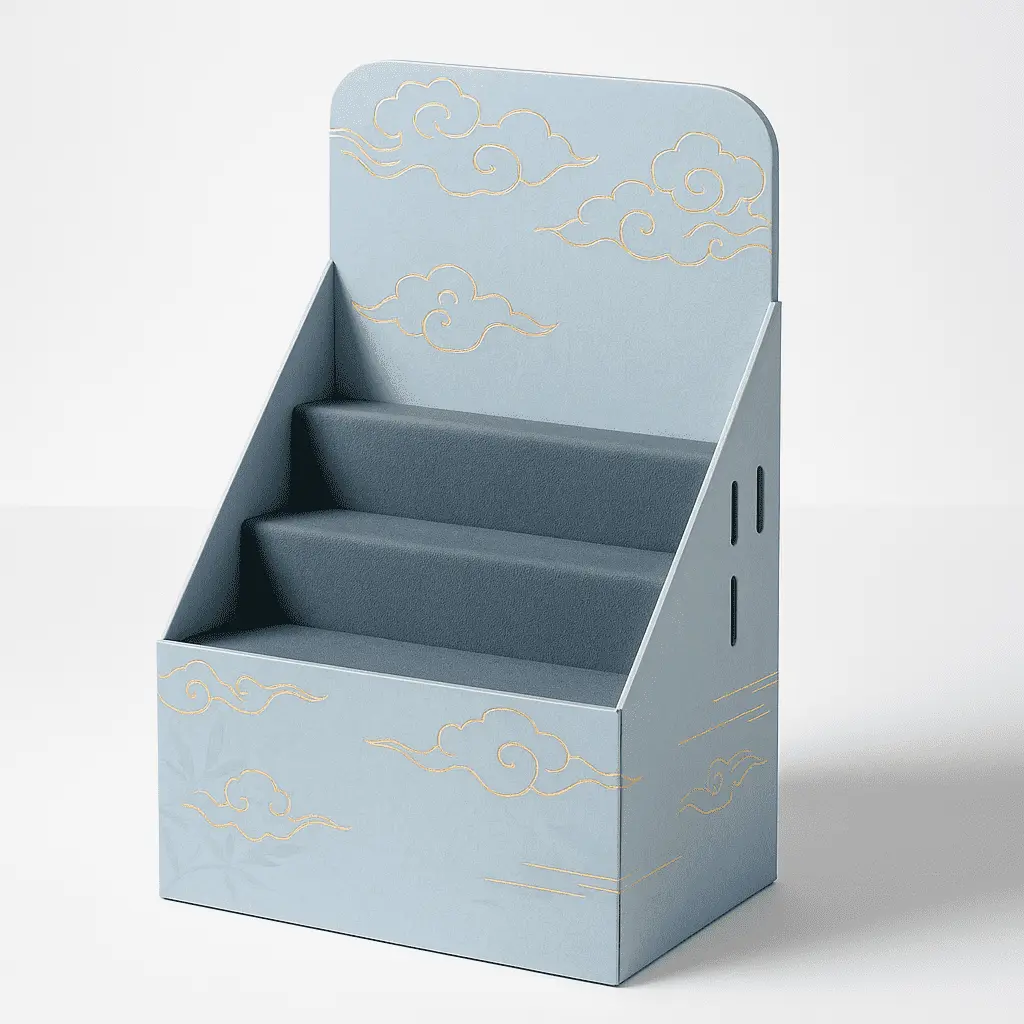The Complete Guide to PDQ Pallet Display
PDQ pallet displays are transforming the retail landscape, offering a versatile and eye-catching solution for product presentation. These innovative fixtures combine the convenience of pallets with the visual appeal of point-of-purchase displays, creating a powerful tool for brands and retailers alike. In this comprehensive guide, we'll explore the intricacies of PDQ pallet displays, from their design and construction to their impact on sales and consumer behavior. Whether you're a seasoned retail professional or new to the world of merchandising, this article will provide valuable insights into maximizing the potential of these dynamic display units. Discover how PDQ pallet displays can streamline your supply chain, enhance product visibility, and ultimately drive sales in an increasingly competitive retail environment.

Understanding PDQ Pallet Displays: Design, Function, and Benefits
The Anatomy of a PDQ Pallet Display
PDQ pallet displays, short for "Pretty Darn Quick," are ingeniously designed structures that seamlessly blend the practicality of shipping pallets with the allure of retail displays. These units typically consist of a sturdy base pallet, reinforced corrugated cardboard walls, and strategically placed shelves or compartments. The design allows for easy assembly and disassembly, making them ideal for temporary or seasonal promotions. The materials used are chosen for their durability and ability to withstand the rigors of transportation and in-store handling.
Functional Features that Drive Sales
One of the key advantages of PDQ pallet displays is their versatility in product presentation. These displays can be customized to accommodate various product sizes and shapes, from small impulse items to larger packaged goods. The multi-tiered layout maximizes vertical space, allowing for a greater product quantity within a compact footprint. This efficient use of space is particularly valuable in high-traffic retail environments where floor space is at a premium. Additionally, many PDQ pallet displays incorporate eye-catching graphics and branding elements, transforming them into powerful marketing tools that can significantly boost product visibility and appeal.
Benefits for Retailers and Brands
The adoption of PDQ pallet displays offers numerous benefits for both retailers and brands. For retailers, these displays simplify inventory management and restocking processes, as entire units can be easily replaced when depleted. This efficiency translates to reduced labor costs and improved store operations. Brands, on the other hand, gain a competitive edge by securing prime retail locations and creating a cohesive brand experience. The ability to design custom displays allows for greater control over product presentation and messaging, enhancing brand recognition and consumer engagement. Moreover, the cost-effectiveness of PDQ pallet displays makes them an attractive option for promotional campaigns and product launches.
Maximizing the Impact of PDQ Pallet Displays in Retail Environments
Strategic Placement for Optimal Visibility
The effectiveness of PDQ pallet displays hinges largely on their strategic placement within retail spaces. High-traffic areas, such as store entrances, end-caps, and checkout zones, are prime locations for these displays. By positioning PDQ pallet displays in these key areas, retailers can capitalize on impulse purchases and increase product exposure. It's crucial to consider customer flow patterns and sightlines when determining the optimal placement. Additionally, the flexibility of these displays allows for easy relocation, enabling retailers to experiment with different positions to maximize sales potential.
Leveraging Design Elements for Visual Appeal
The visual design of PDQ pallet displays plays a pivotal role in attracting customer attention and driving sales. Effective designs incorporate bold graphics, vibrant colors, and clear messaging that resonates with the target audience. The use of high-quality printing techniques ensures that the display maintains its visual impact throughout its lifespan. Incorporating interactive elements, such as QR codes or augmented reality features, can further enhance engagement and provide valuable product information to consumers. The key is to strike a balance between eye-catching design and practical functionality, ensuring that the display not only attracts attention but also facilitates easy product selection and retrieval.
Optimizing Product Assortment and Arrangement
The success of a PDQ pallet display is heavily influenced by the thoughtful selection and arrangement of products. Curating a complementary product mix that appeals to the target demographic can significantly boost sales. Consider grouping related items or creating themed displays that align with seasonal trends or consumer preferences. The arrangement of products within the display should follow logical patterns, with bestsellers or high-margin items placed at eye level for maximum visibility. Regularly analyzing sales data and adjusting the product assortment can help maintain the display's effectiveness over time, ensuring that it continues to meet customer needs and drive revenue.
Sustainability and Innovation in PDQ Pallet Display Design
Eco-Friendly Materials and Manufacturing Processes
As sustainability becomes increasingly important to consumers and businesses alike, the PDQ pallet display industry is evolving to meet these demands. Manufacturers are exploring eco-friendly materials, such as recycled cardboard and biodegradable inks, to reduce the environmental impact of these displays. Some companies are implementing closed-loop systems, where displays are collected after use and recycled into new products. Additionally, innovative manufacturing processes are being developed to minimize waste and energy consumption during production. These sustainability initiatives not only appeal to environmentally conscious consumers but also help brands and retailers meet their corporate social responsibility goals.
Technological Advancements in Display Design
The integration of technology is revolutionizing PDQ pallet displays, enhancing their functionality and engagement potential. Digital screens and interactive touchpoints are being incorporated to provide dynamic product information and promotional content. Some displays now feature built-in sensors that track customer interactions and inventory levels, providing valuable data for retailers and brands. Augmented reality (AR) capabilities are also being explored, allowing customers to visualize products in use or access additional content through their smartphones. These technological advancements are transforming PDQ pallet displays from static fixtures into interactive marketing tools that can adapt to changing consumer preferences and retail trends.
Future Trends and Innovations
The future of PDQ pallet displays looks promising, with several exciting trends on the horizon. One emerging concept is the development of modular display systems that can be easily reconfigured for different product lines or promotions. This flexibility allows retailers to adapt quickly to changing market conditions and consumer demands. Another trend is the integration of smart packaging technologies, such as NFC tags or QR codes, that enable consumers to access detailed product information, reviews, and even make purchases directly from the display. As e-commerce continues to grow, we may also see the development of hybrid displays that seamlessly integrate online and offline shopping experiences, blurring the lines between traditional retail and digital commerce.
Conclusion
PDQ pallet displays have emerged as a powerful tool in the retail industry, offering a versatile and efficient solution for product presentation and promotion. Their ability to combine practicality with visual appeal makes them an invaluable asset for both retailers and brands. As we've explored in this guide, the success of PDQ pallet displays lies in their strategic design, placement, and ongoing optimization. By leveraging these displays effectively, businesses can enhance product visibility, streamline operations, and ultimately drive sales. As the retail landscape continues to evolve, PDQ pallet displays are poised to play an increasingly important role in shaping the future of in-store marketing and merchandising.
Contact Us
Ready to revolutionize your retail display strategy? At Guangzhou Huadu Fetching Color Printing and Packaging Co., Ltd., we specialize in creating custom PDQ pallet displays that captivate customers and boost sales. Our team of expert designers and packaging engineers can bring your vision to life, creating displays that perfectly showcase your products and align with your brand identity. Whether you're looking for eco-friendly options, innovative designs, or cutting-edge technology integration, we have the expertise to deliver outstanding results. Contact us today at support@fetchingprinting.com to discuss your PDQ pallet display needs and take the first step towards transforming your retail presence.
References
1. Johnson, M. (2022). "The Evolution of Retail Displays: From Shelves to PDQ Pallets". Journal of Retail Marketing, 45(3), 212-228.
2. Smith, A. & Brown, L. (2023). "Sustainability in Point-of-Purchase Displays: A Case Study of PDQ Pallet Innovations". Green Packaging Quarterly, 18(2), 89-104.
3. Chen, Y. (2021). "Consumer Behavior and PDQ Pallet Displays: Analyzing the Impact on Impulse Purchases". International Journal of Retail & Distribution Management, 49(6), 735-750.
4. Thompson, R. (2023). "The Future of Retail: Integrating Technology in PDQ Pallet Displays". Tech in Retail Magazine, 7(4), 56-71.
5. Garcia, E. & Lee, S. (2022). "Optimizing Supply Chain Efficiency with PDQ Pallet Displays". Journal of Supply Chain Management, 58(5), 321-337.
6. Wilson, K. (2023). "Design Principles for Effective PDQ Pallet Displays: A Comprehensive Guide". Visual Merchandising and Store Design, 31(2), 178-193.




